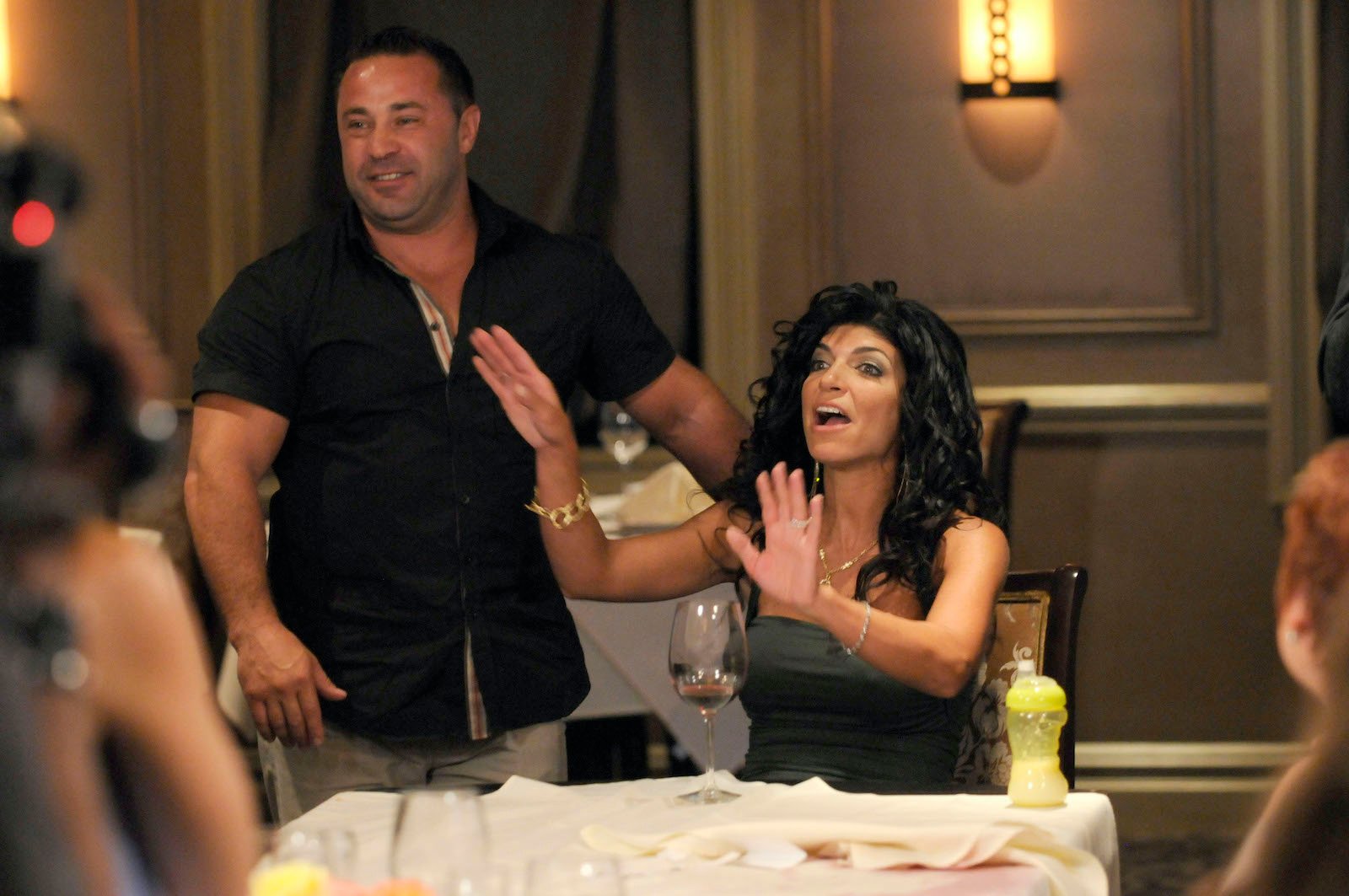
‘Bridgerton’ Season 2: Can a Single Bee Sting Really Be Fatal?
Bridgerton Season 2 has everyone talking. That’s nothing new. The first season of the Shondaland period drama made a huge splash. The second season did not disappoint.
There were just as many shockers in the new season, including some shocking deaths. But was one really realistic? [Note: The article below contains spoilers. Those who haven’t seen season 2, episode 3 of Bridgerton should save this for later.]
A character died from a bee sting in ‘Bridgerton’ Season 2

As those who have seen season 2 already know, Edmund Bridgerton died. According to Slate, Edmund is stung by a bee and croaks within a minute. Fans of the original books know that there was more to the story.
Julia Quinn, the author of The Viscount Who Loved Me, which was the source material for Bridgerton Season 2, wrote that Edmund had been stung by a bee before the encounter. Doctors claim it takes a second sting for an allergy to develop. After the first sting, Edmund was fine. By the second sting, his immune system had developed his fatal allergy.
Another fun fact? Edmund’s allergy doesn’t mean his son, Anthony is allergic. It is more likely to have an allergy if someone in your family has one, but it’s not a given. Even if Anthony did have an allergy, that doesn’t mean he would die after one sting. Not all bee allergies are fatal.
It is possible to die from a bee sting
Fans who have seen Macaulay Culkin’s classic My Girl are familiar with death by bee sting. It’s not something that only happens on screen. According to the Mayo Clinic, it is possible to die from a bee sting. People with severe bee sting allergies can die from them.
However, the speed at which Edmund died may not be exactly medically accurate. As Slate writes, Edmund died within one minute on the show. That’s not likely to happen in real life. Although anaphylaxis, a medical term for an allergic reaction, can happen fast, it would probably take someone more than a minute to die from anaphylaxis.
But the allergic reaction would begin almost immediately. Without medical attention, someone with a severe allergy would struggle for a while. But watching someone on-screen struggle and then die for five to 10 minutes would not make for good television. That’s probably why Shonda Rhimes and her team decided to bend the timeline between bee sting and death a little.
A bee sting would have been riskier in ‘Bridgerton’ times
According to Slate, bee stings would have been more risky in the Regency era, when Bridgerton takes place. Modern medicine has a few options for treating anaphylaxis, but those didn’t exist in Regency times.
Nowadays, a patient with severe allergies may carry around epinephrine, or an epi-pen. The medicine will cure anaphylaxis almost instantly. There are also other options, like antihistamines and steroids. Again, these weren’t an option for Edmund. In fact, the epi-pen wouldn’t be approved by the FDA until more than one hundred years after Edmund died. Bridgerton takes place in the early 1800s, and epi-pens were approved in 1980.
Fans shouldn’t expect to see any modern medicine on Bridgerton in the future, but there could certainly be more bee scenes. Season 3 has already been green-lit by Netflix, and given its popularity, there will probably be more to come after that.


